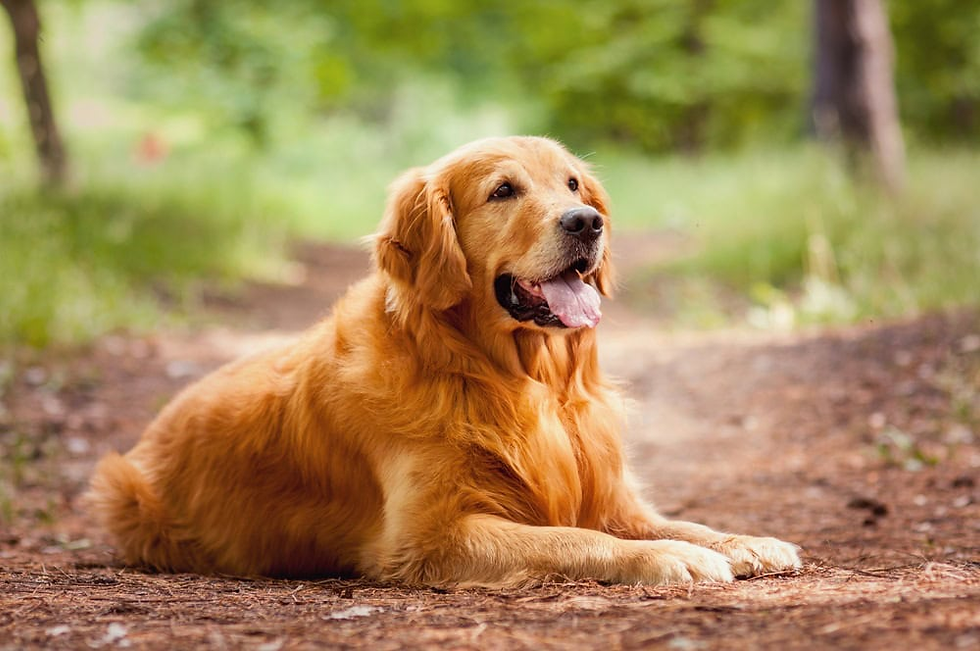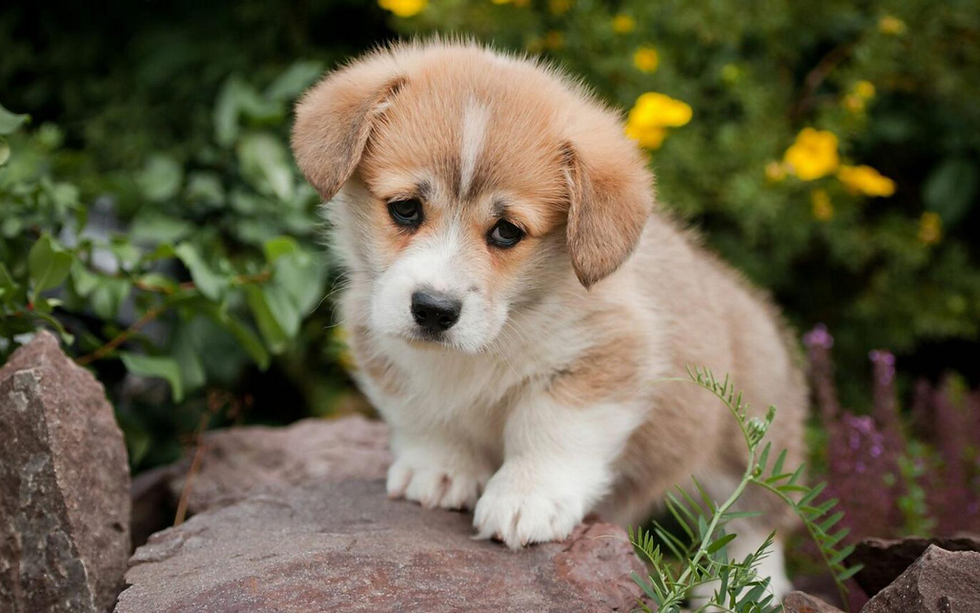How a Daily Routine can Help Anxious Dogs to Calm Down: Max’s Journey to Peace 🐾
- Iqra Shaikh
- Jun 21
- 2 min read
Updated: 6 days ago
It's Story Time! A Tail of Routine
Discover how a simple daily routine helped calm my anxious dog, Max — plus tips you can use for your own furry friend.
Max, a lively golden retriever with boundless energy, was once the definition of chaos. He barked at every sound, chewed up shoes like toys, and turned the house upside down with his zoomies. His family adored him but struggled to manage his unpredictable behavior.

After reading about the benefits of a consistent dog routine, they decided to make a change—and Max’s transformation began.
Each day now starts with a peaceful early morning walk, allowing Max to release energy and engage with his surroundings. The smells of fresh grass, chirping birds, and the gentle rhythm of the walk calm his overactive mind. His humans added a few minutes of training and playtime before breakfast to stimulate his body and brain.
At midday, Max settles into a cozy sunlit corner with a treat-dispensing toy—his new favorite thing. By evening, a light stroll and gentle brushing ease him into nighttime. With a fixed bedtime, Max sleeps soundly through the night.
Over a few weeks, his family noticed a huge shift. Max became calmer, more focused, and far less destructive. His anxiety melted away, replaced with happy tail wags and quiet naps.
It turns out, a structured daily dog care routine didn’t just help Max—it brought peace to the whole household. 💛
Now, Max thrives with balance in his day, proving that even the most energetic dogs can find calm through consistency and love.
📝 Pro Tip
Consistency is key when bonding with a new dog. Stick to a routine — same feeding times, daily walks, and calm cues — to help them feel secure. Use a gentle voice, reward good behavior with treats and praise, and never punish fearful reactions. Building trust takes time, but patience creates the strongest human-dog bond.
❓ FAQs for Dog Parents Dealing with Anxiety
1. What are signs of anxiety in dogs?
Common signs include excessive barking, pacing, panting, destructive chewing, hiding, or clinginess.
2. Can a routine really help an anxious dog?
Yes! A consistent daily schedule builds predictability, which helps reduce stress and gives anxious dogs a sense of security.
3. How long does it take for a dog to adjust to a new routine?
It varies, but many dogs begin to settle within 1–2 weeks of consistent daily structure.
4. What else helps calm anxious dogs besides routine?
Gentle exercise, mental stimulation, calming music, pheromone diffusers, and sometimes vet-recommended supplements can help.
5. Should I use a crate for anxious dogs?
If introduced properly, a crate can become a safe space. But forcing crate time without proper training may worsen anxiety.
👉 Read Next:
Also a cat parent?
Check out our ultimate cat care guide
Follow us on:



Comments